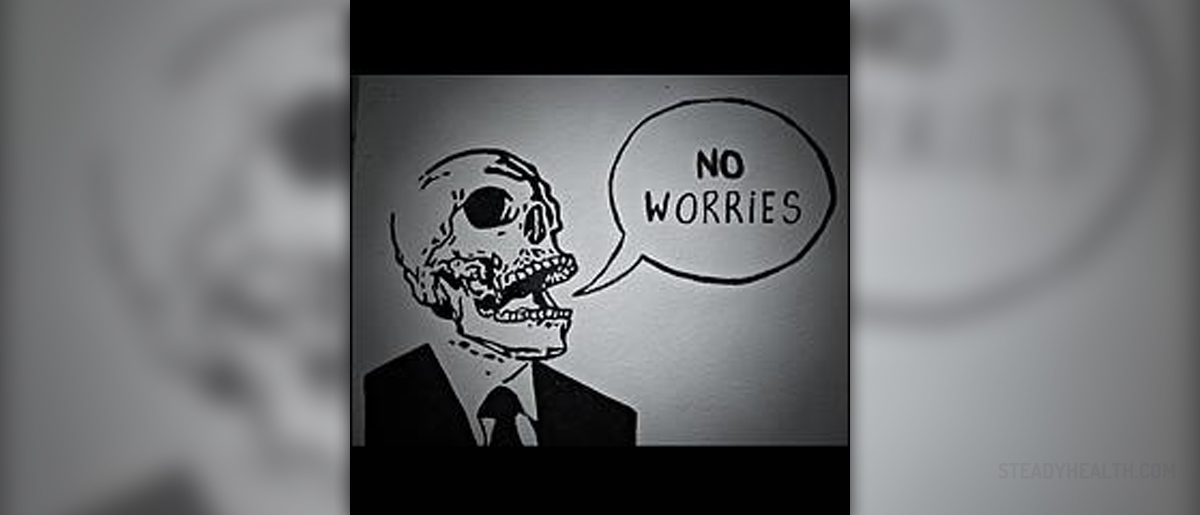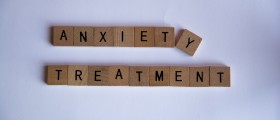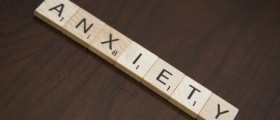
We all feel anxious at some time and while in certain situations. However, being constantly under mental stress and pressure may lead to development of GAD, or generalized anxiety disorder. People who suffer from GAD find it impossible to relax and let go of their worries. Health issues, finances, relationship problems or work difficulties, all bother people with GAD excessively and abnormally. These people react dramatically to slightest stimuli. For example, a negative comment from a co-worker may lead to doubts and fear of getting fired while a phone call which is not answered might trigger numerous negative scenarios in the mind of a person suffering from GAD. Moreover, even waking up in the morning, knowing that a potentially risky day may be ahead may trigger excessive anxiety in a GAD-affected person.
Treatment for GAD
Usually, people with GAD need to help themselves, even though certain medications may make the precess easier, by removing anxiousness and other negative symptoms of this condition. Medications commonly lead to adverse effects and are, thereby, recommended less often.
Cognitive behavioral therapy is the best possible form of GAD treatment, dealing with the way the patient sees the world around him/herself and the way he/she perceives him/herself per se. The therapist will work on one's self image, teaching the patient how to block negative thoughts and anxiety, learning how to cope with different situations. Some people suffering from GAD are quite pessimistic and always expect the worst case scenarios to happen. Then, through cognitive behavioral therapy, they learn to analyze their negativity, reject it and take a more realistic approach.
Cognitive Behavioral Therapy vs. GAD
This therapy will teach the patient more about the condition he/she is suffering from, leading to acceptance and defining of the problem, both being crucial steps towards a successful treatment. Also, the therapist will monitor the progress and behavior of the patient, modifying the approach based on the effect.
The patients will learn how to remain relaxed once anxiety strikes, countering it through deep breathing and other relaxation methods. Alternatively, they may use various cognitive tools such as positive thinking patterns and behavioral strategies like positive lifestyle modification, better organization and time management. All these can improve one's condition significantly.
As far as medications are concerned, these are prescribed once other methods fail to provide with desirable effects. Medications can be also administered together with cognitive behavioral therapy. Buspirone, benzodiazepines and antidepressants, all are medications which can be used for treating GAD.

















Your thoughts on this
Loading...